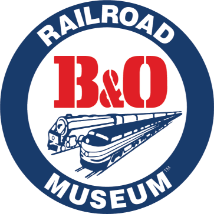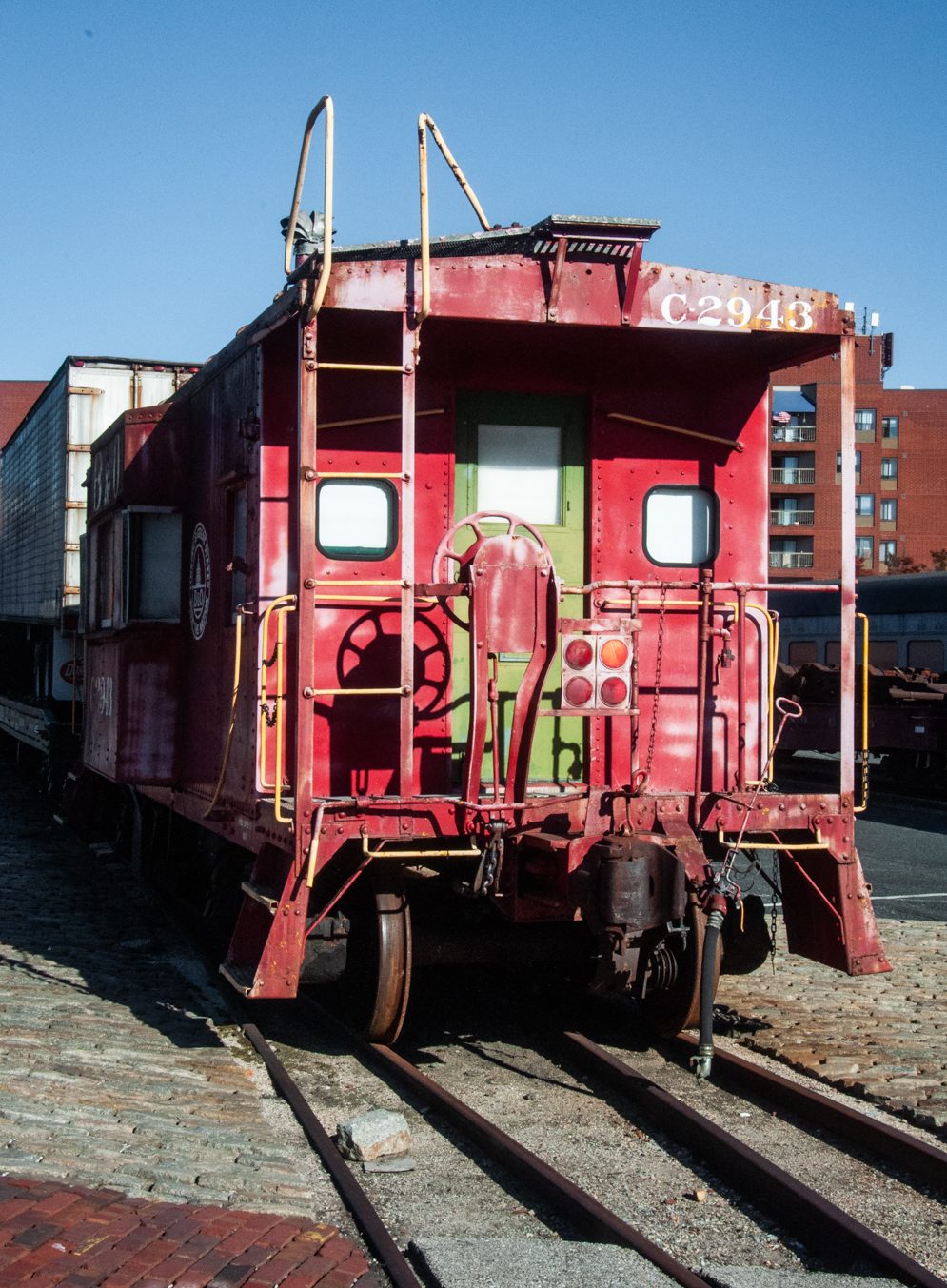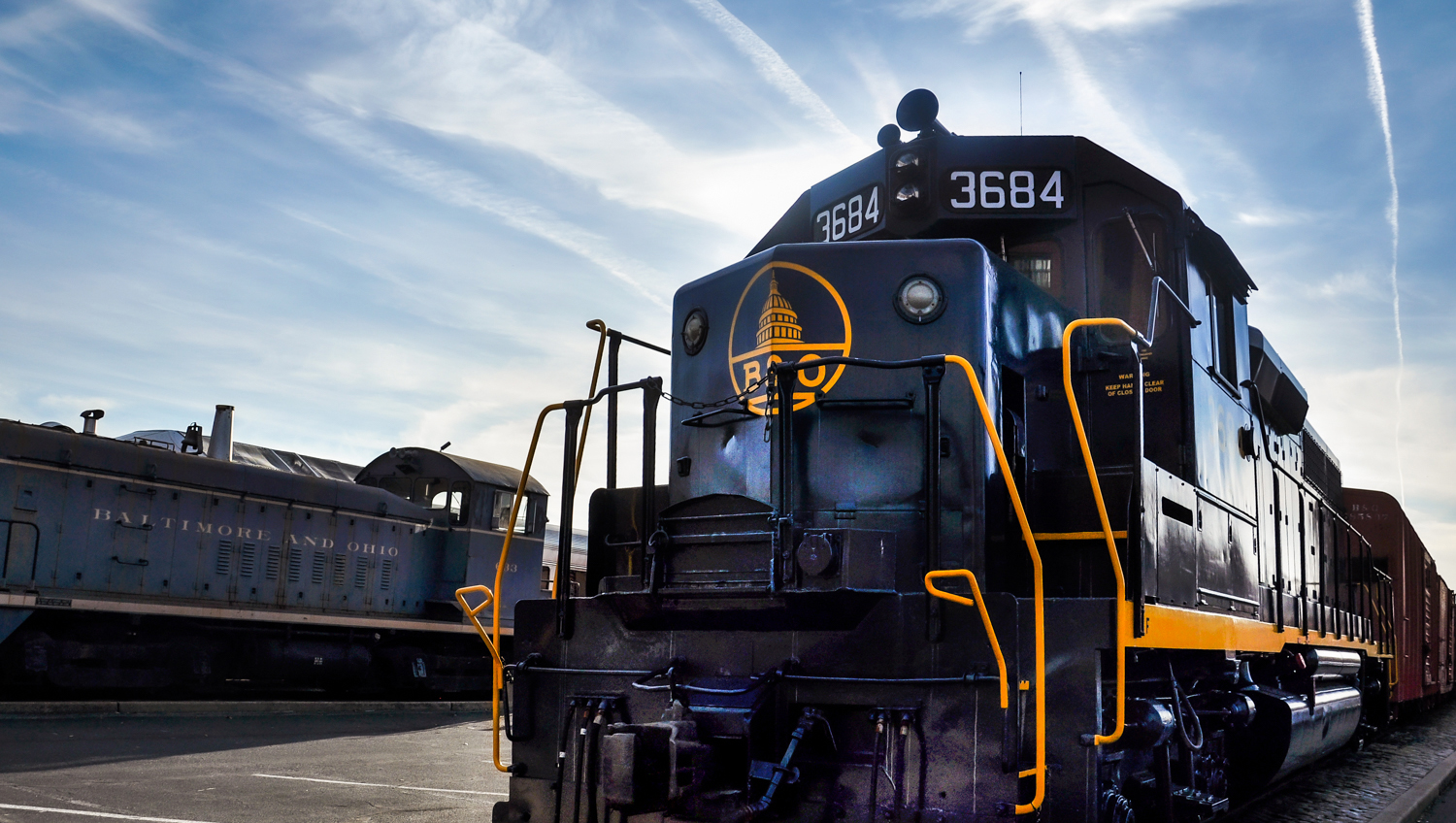Quick Facts
| Name | Caboose |
|---|---|
| Manufacture Date | 1961 |
| Railroad Of Record | Baltimore & Ohio Railroad; Chessie System, CSX Transportation |
| Manufacturer | Baltimore & Ohio Railroad |
| Rolling Stock Type | Steel Bay Window Caboose |
Description
Virtual Tour:
About the B&O No. C-2943:
Serving as a mobile workspace, a watchtower, a manual braking station, and sleeping, the little red caboose was once a staple of the American railroad. It is believed that the first caboose was created in the 1840s, when a conductor for the Auburn & Syracuse Railroad converted a wooden boxcar into a rolling office. Over time, cabooses evolved to feature steel frames, porches, cupolas, bay windows, and comfort facilities like stoves, bunks, toilets, and desks. These iconic cars were typically occupied by conductors, brakemen, flagmen, and deadheads (railroaders moving from one assignment to the next).
Produced in 1961 by the B&O shops of Washington, IN, the B&O No. C-2943 is an I-17A caboose known for its steel body and protruding bay windows. The car was red with white lettering when it emerged from the shops, and it remained that way until 1966, when it was painted blue and yellow for service in Du Bois, PA. In 1973, the B&O and other railroads merged to form the Chessie System. Four years later, the No. C-2943 was sent to the C&O shops of Raceland, KT and repainted yellow to match the Chessie fleet. A sanitary toilet was installed around the same time. In 1979, the caboose received a new radio and marker lights from the B&O shops of Grafton, WV.
From 1979 to 1993, the caboose was used to service the area around Cowen, WV. It was during this period that the Chessie System merged with CSX Transportation, and the No. C-2943 was renumbered as the No. 902943. In 1993, the No. 902943 was sent to a convention in Clarksburg, WV. During the event, the caboose was displayed with its original number and color scheme. The No. C-2943 continued to work in Clarksburg and Grafton until finally retiring from local services in 1995.
As railroad technologies evolved, cabooses eventually became irrelevant. Manual brakes were replaced with air brakes, and radios eliminated the need for flagmen. Government regulations reduced the number of hours that freight crews could work in succession, and thus railroaders no longer slept in the caboose during their shifts. The iconic red caboose eventually disappeared from the railroad altogether. Today, they are only used on trains that transport high-security freight, such as nuclear waste.
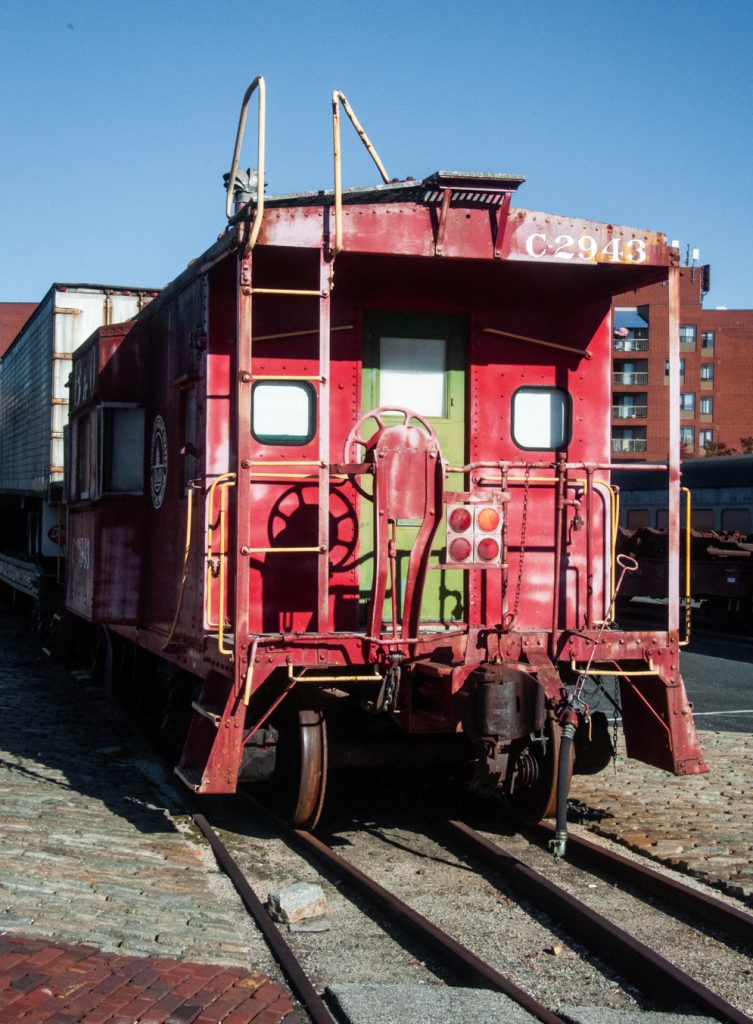
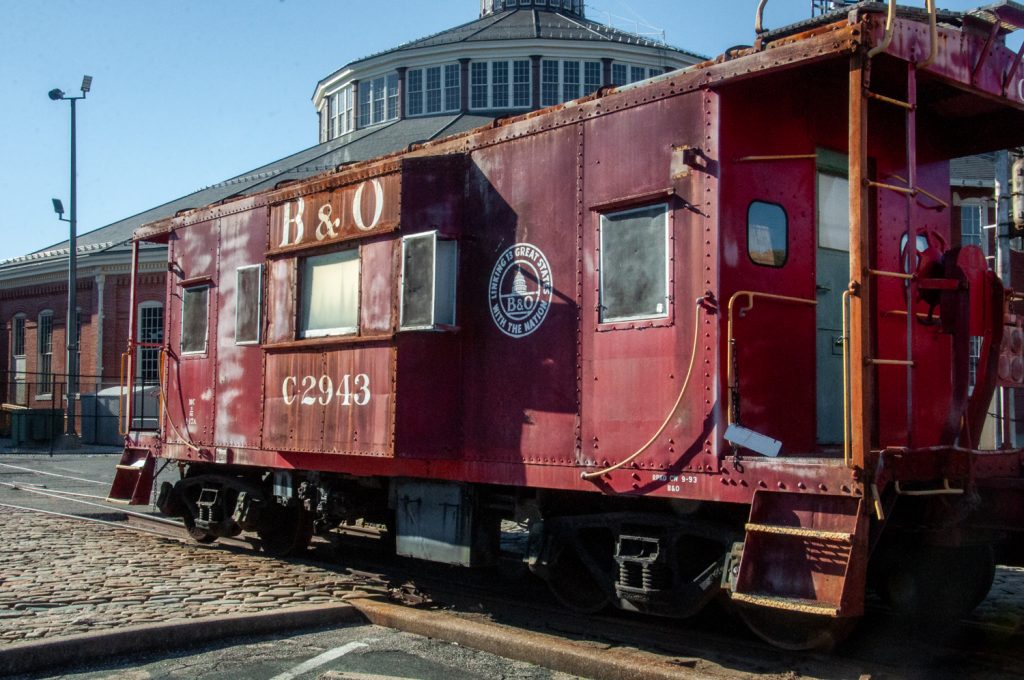
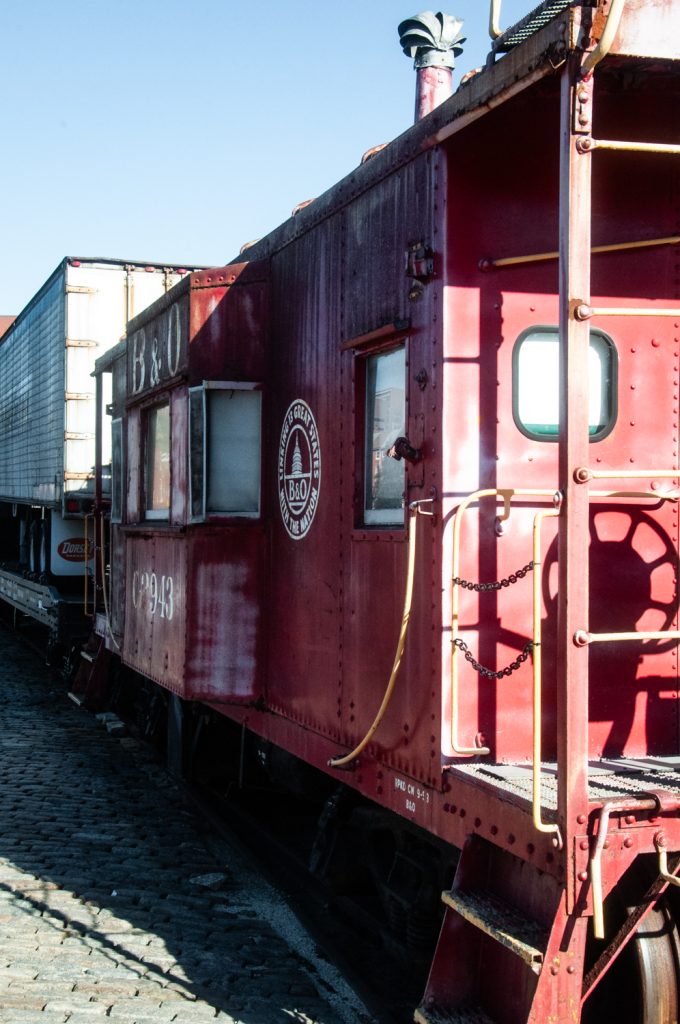
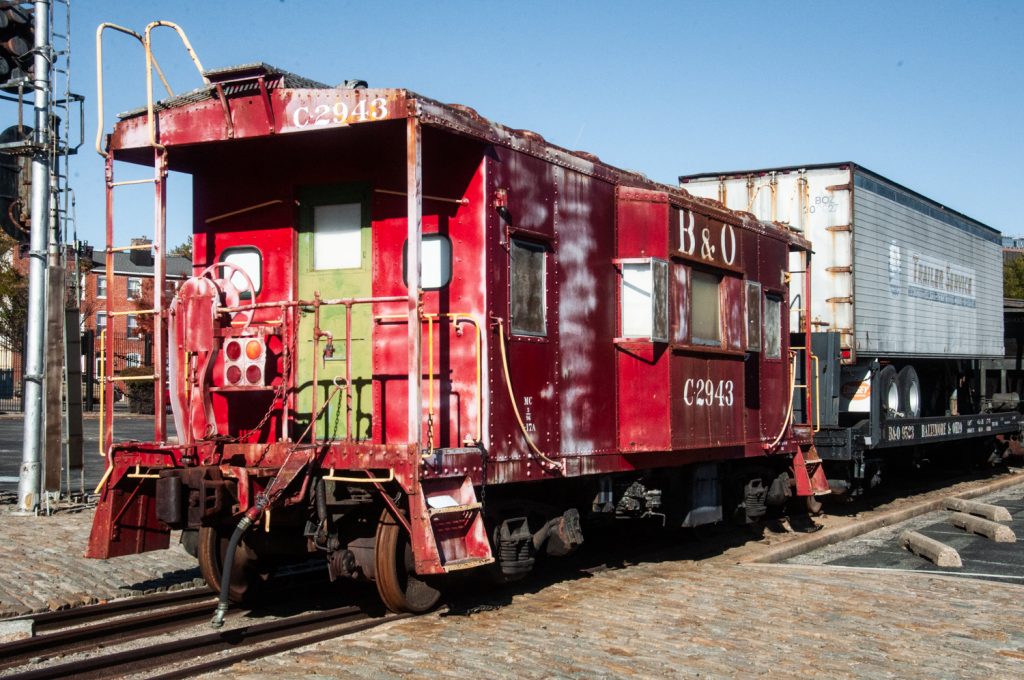
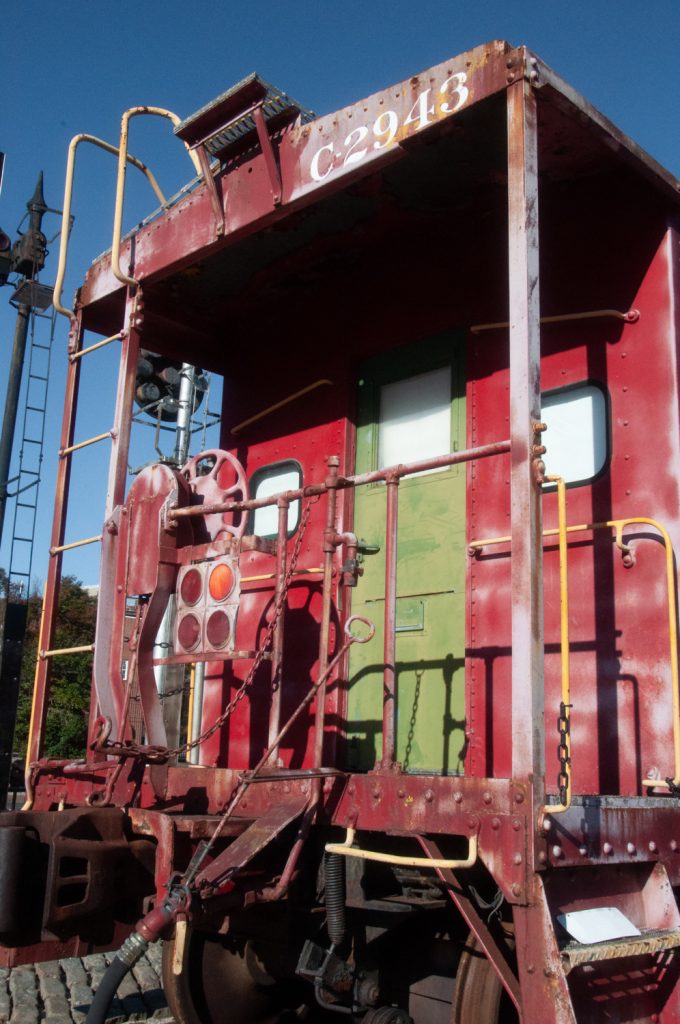
Can't Get Enough?
There’s even more to explore. Check out this and other unique pieces from our collection.
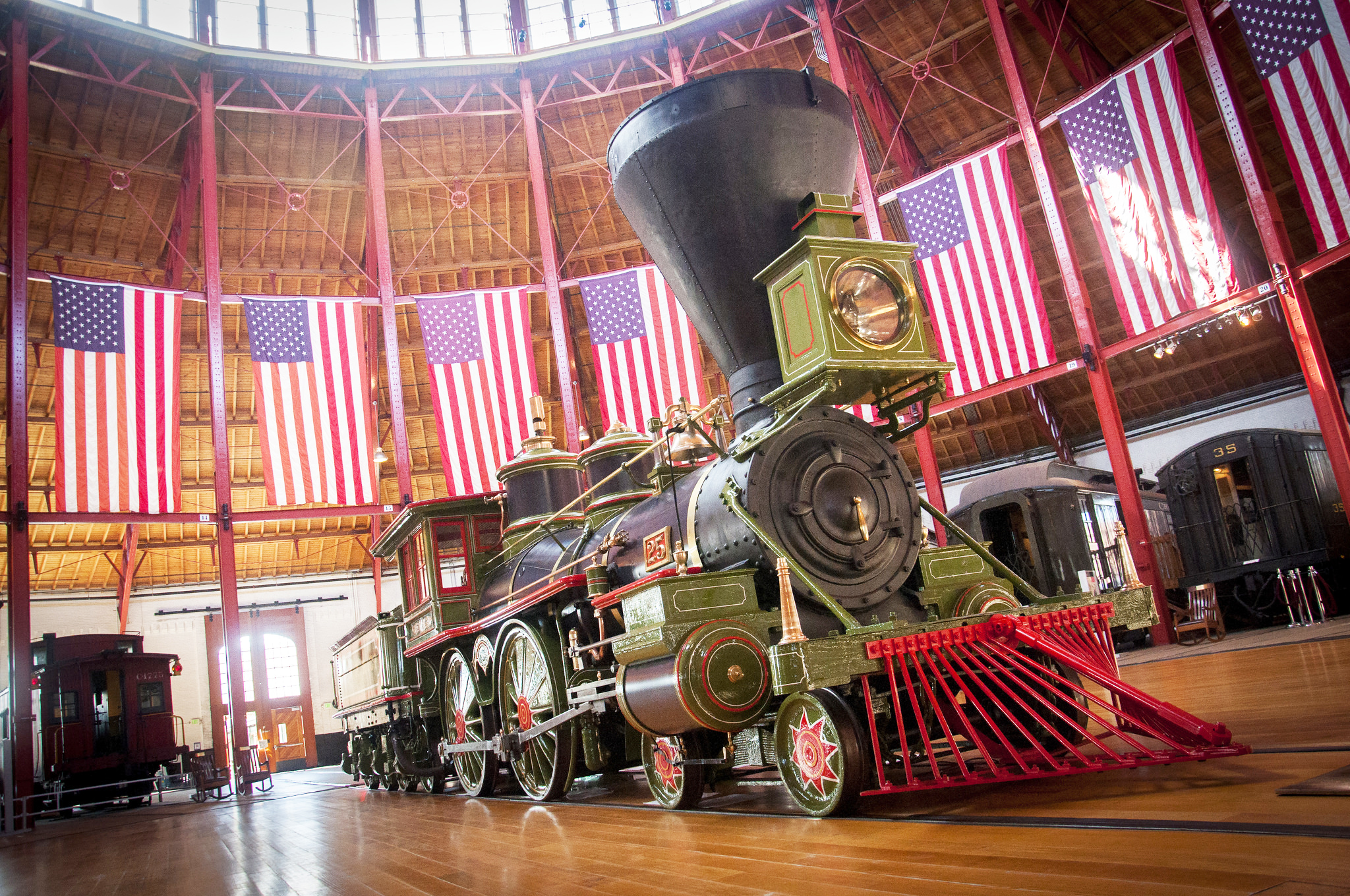
Did You Know?
President Lincoln was safely transported by the B&O Railroad from Baltimore to DC for his inauguration under the threat of assassination.
